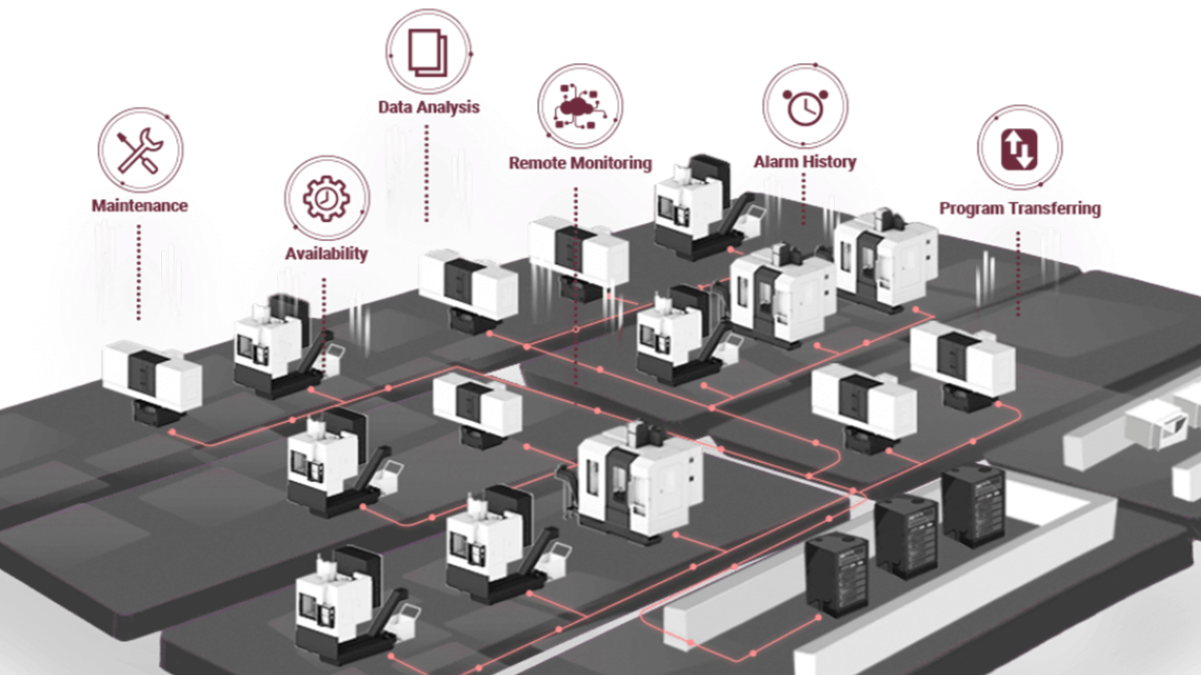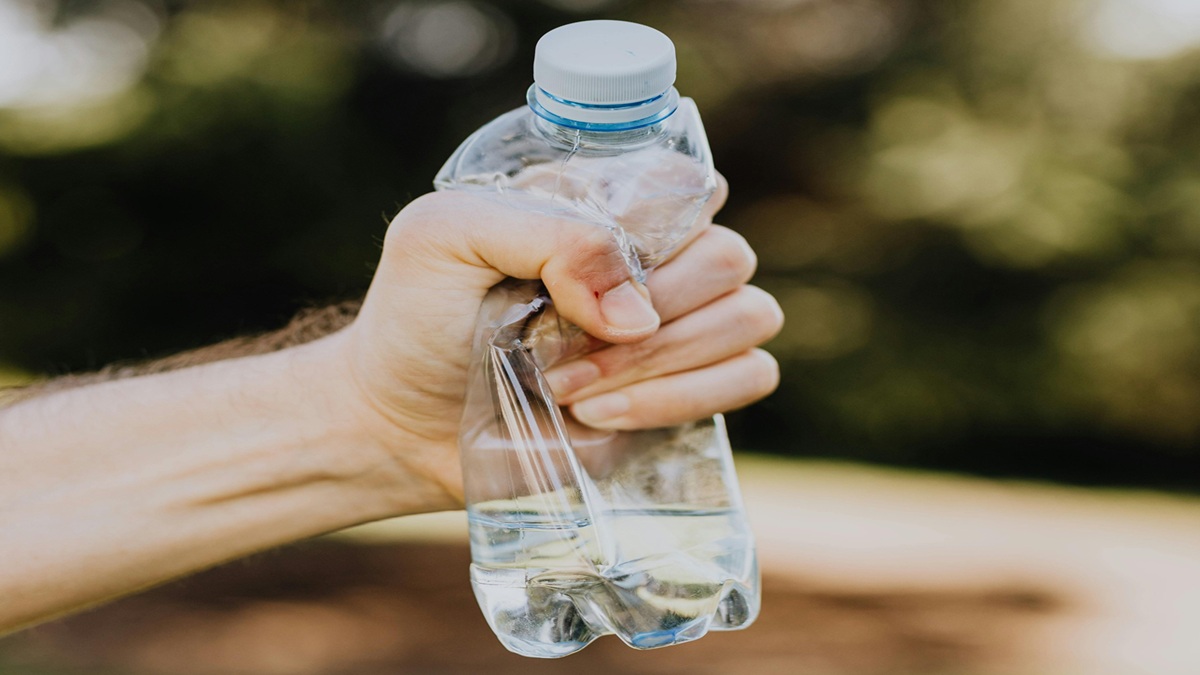Insights
In its 24th year since establishment, TORQUE-TECH participated in the Taiwan Excellence Awards for the first time and was honored with the Aluminum Mini Torque Wrench—also referred to on the website as the Mini Cycling Torque Wrench—winning the award and marking a significant brand milestone. This achievement not only represents a design accolade but also signifies international recognition of Taiwan’s innovation and technological strength, laying a solid foundation for the brand's entry into the precision hand tool market.
2025-08-22 11:37:45
Smart Healthcare has emerged as a key driver of transformation in the global medical industry. At its core, it integrates medical devices, information technology, and data analytics to enhance diagnostic accuracy, treatment efficiency, and real-time health management. The medical device manufacturing value chain not only covers the design and production of precision equipment but also involves sensing technologies, materials engineering, hardware–software integration, and clinical applications—forming a highly specialized and cross-disciplinary ecosystem.
2025-08-22 10:44:06
As medical devices move toward intelligence and wearability, printed circuit boards (PCBs) have become a core foundation. Medical-grade PCBs must not only meet stringent safety and reliability standards, but also leverage technologies such as rigid-flex boards, Lab-on-PCB, and Parylene coatings to achieve miniaturization, functional integration, and biocompatibility. These advancements elevate PCBs from mere circuit carriers to key platforms driving smart healthcare.
2025-08-22 09:42:22
In an era where electronic component manufacturing increasingly demands high precision and stability, the laser trimmer has evolved from a supplementary device into an indispensable core tool. Its introduction has fundamentally transformed the fabrication of resistors, sensors, and hybrid circuits, propelling the electronics industry toward micron-level precision and the future of smart manufacturing.
2025-08-21 15:55:32
The textile industry has always been one of the most globalized sectors, with raw materials often crossing multiple borders before reaching the apparel market. However, in recent years, growing geopolitical uncertainties—most notably the U.S.–China trade war and the Russia–Ukraine conflict—have created unprecedented challenges for textile supply chains. Trade frictions between the U.S. and China have restricted exports of cotton and fabrics, forcing brands to reassess sourcing strategies. Meanwhile, the Russia–Ukraine war has driven up energy and chemical raw material prices, indirectly raising costs for synthetic fibers such as polyester and nylon. Together, these factors are pushing the global textile industry to rethink supply chain resilience and its future trajectory.
2025-08-21 16:03:11
In the global manufacturing industry’s shift toward Industry 4.0, smart upgrades are no longer optional—they’re essential for staying competitive. At the core of this transformation is the conversion of traditional factories into data-driven, smart ecosystems. This complex undertaking isn’t something companies can tackle alone. A series of policies and international collaborations, from governments’ high-level strategies to industry alliances’ communication standards, are paving the way for smart manufacturing. This allows technologies like remote monitoring and predictive maintenance to move from blueprints to reality more quickly, fundamentally changing how factories operate worldwide.
2025-08-21 16:07:37
The manufacturing world is in the midst of a digital revolution. As Industry 4.0 rapidly evolves, factories are transforming from traditional workshops into interconnected, intelligent ecosystems. This shift is not just about adopting new technology; it's about fundamentally changing how we produce goods. Leading the charge are smart machine tools, which are moving beyond simple automation to become autonomous, data-driven assets. This is where companies like CHEVALIER are making their mark, bridging the gap between hardware excellence and digital innovation to redefine the factory of the future.
2025-08-21 16:03:05
The global challenge of plastic pollution has highlighted recyclable and biodegradable plastics as two key pathways toward sustainability. Recyclable plastics support a circular economy by reducing raw material use, energy consumption, and landfill waste, but face obstacles such as low recycling rates, quality degradation, and complex sorting. Biodegradable plastics, on the other hand, can break down naturally and reduce environmental accumulation, often using renewable resources; however, they require specific conditions for decomposition, may release greenhouse gases, and struggle with market acceptance. While each option offers distinct advantages, neither alone is sufficient. A dual approach - improving recycling systems while advancing biodegradable technologies - combined with government support, industry innovation, and consumer education, is essential to creating a more sustainable future for plastics.
2025-08-21 15:50:21
Traditionellt, the medical field often treated patients using a "one-size-fits-all" approach, which overlooks the unique genetic and physiological differences of each individual. Now, with the rapid integration of biomedicine and digital technology, Personalized Medicine is sparking a medical revolution. At the core of this transformation is a shift in focus from treating diseases to caring for each unique individual, ushering in a new era of customized health management. Of course, this also brings challenges such as privacy protection, data security, and unequal resource allocation, prompting the industry to continuously innovate and improve in both technology and policy.
2025-08-21 15:50:19
As electronic components become increasingly miniaturized and high-density, the Dicing Saw has evolved from a traditional back-end processing tool into a core component of the electronic manufacturing process. Whether for wafers, sensors, MLCCs, LEDs, or MEMS devices, the dicing saw carries the critical mission of the “final cut”—requiring not only precision but also stability and speed, ensuring both component integrity and production efficiency.
2025-08-21 15:41:00
Hot Topic
Agree






點-m-90454917_m.jpg)



